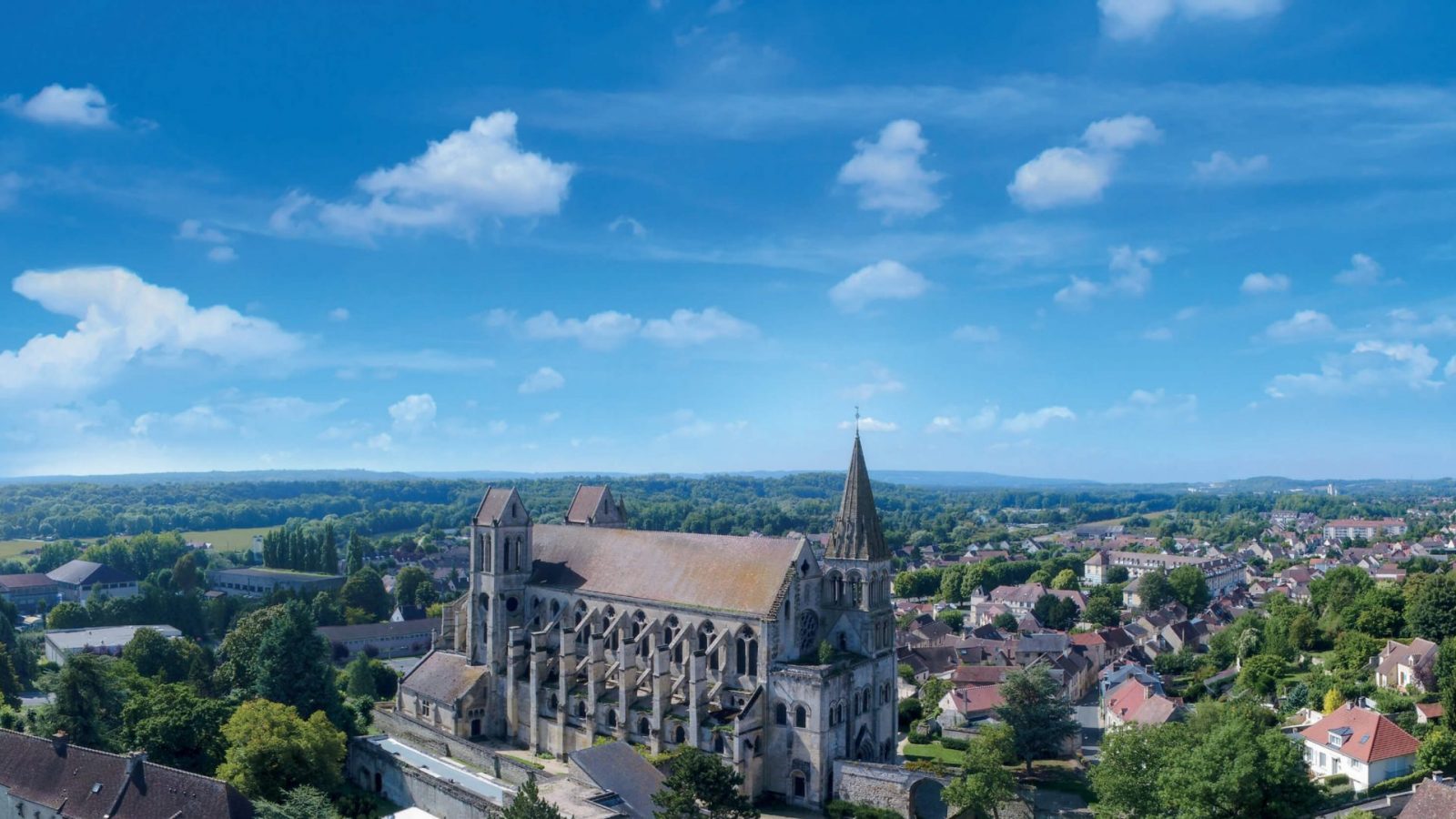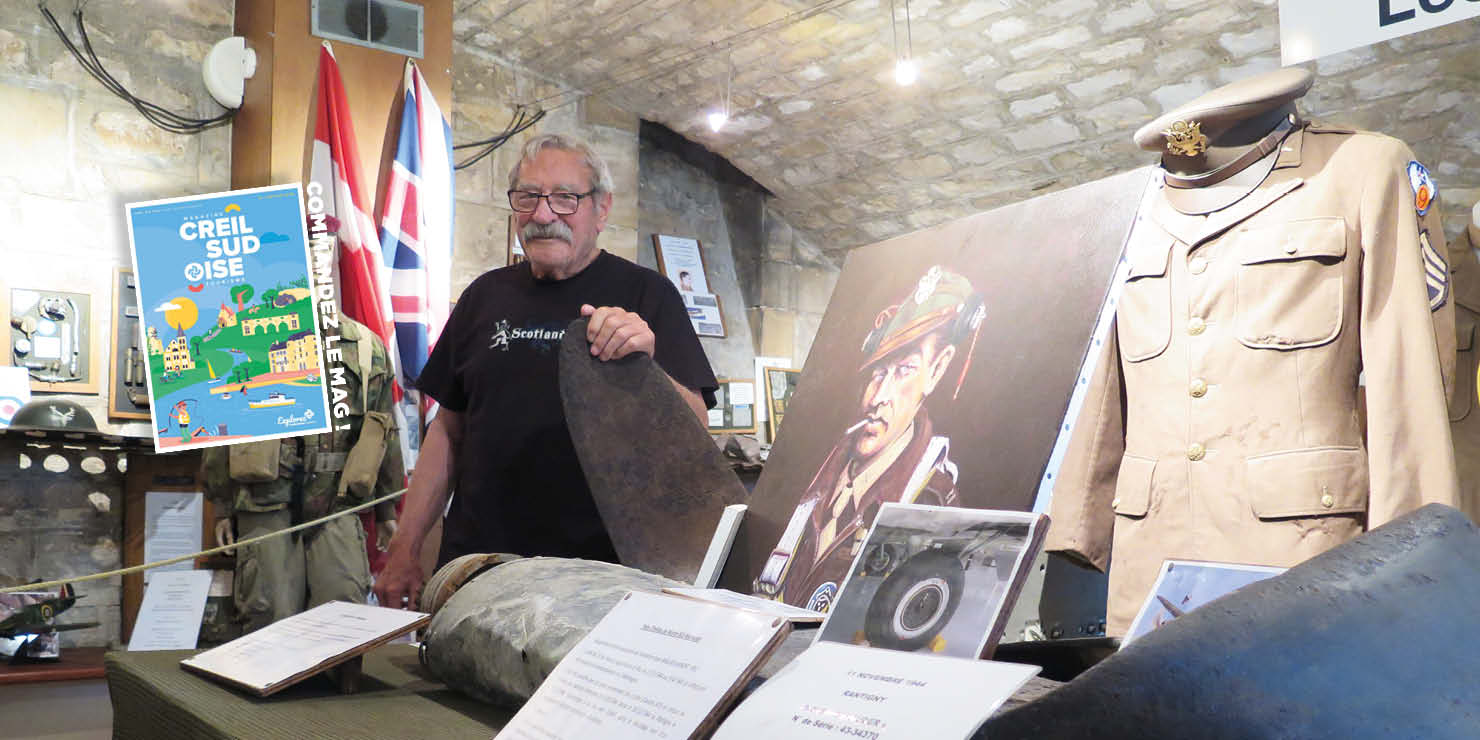Reading time: 8 minutes
22 October 2024
Our ambassadors
The city of bomber crash on 6 September 1943 over his home village of Airion as thehe was only 13 years old has been decisive in the life of Gérard Lequien. For eighty years, he has been researching, contacting airmen and their families, and collecting debris, objects and documents relating to some of the 500 military aircraft that fell between 1940 and 1945 in the Oise region. He donated all his treasures to the town of Saint-Maximin which opened a museum of the bombings, where he is a fascinating guide.
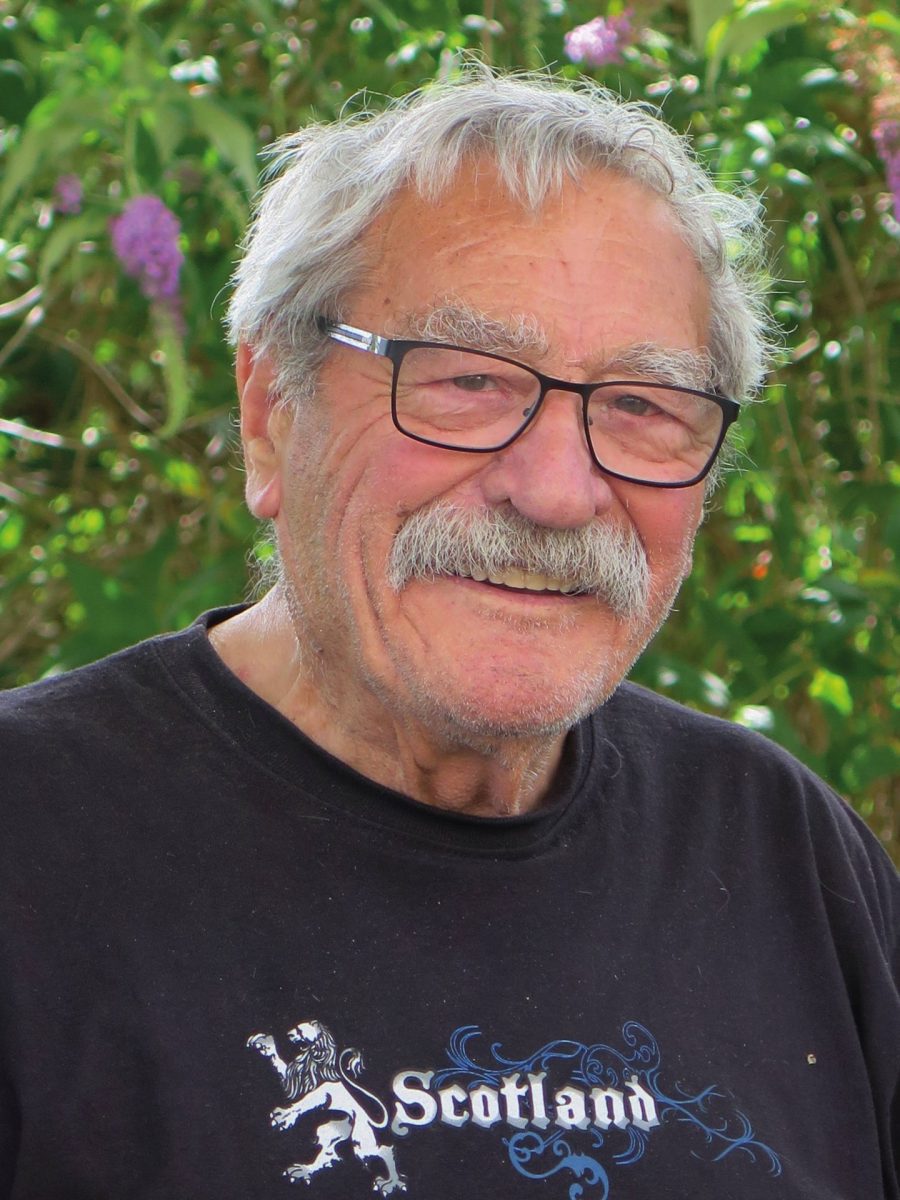
Gérard Lequienthe collector behind the Musée des Bombardments in Saint-Maximin, welcomed us to talk about his superb collection.
Plane crash in 1973
Whether it's a piece of metal, a uniform, a medal, a jerry can or a document, he knows everything about their history. Which aircraft or serviceman it belonged to, where and when he found it. Gérard Lequien is the custodian of the memory of the dark hours of aerial warfare in the skies over the Oise region between 1940 and 1945.
" This passion dates back to 6 September 1943, explains this smiling moustachioed 93-year-old. For weeks, hundreds of Allied bombers had been passing over Airion, where I was born near Clermont, on a daily basis. And that day I realised that one of them was in trouble when I saw two parachutes open. Information was not circulated as it is today, and after a few days I knew it had crashed in the Bois des Moines, to the east of the village. I went there with some friends, but we were turned away because the site was guarded by the German army. When I went back much later, I was digging around and found various pieces of the plane that hadn't been recovered for remelting. "The virus had been inoculated and curiosity was going to win out.
" I learned that this B17 from the 8e Air Force, a 10-seat, four-engine heavy bomber named the "Lucky Thirteen, was returning from Stuttgart in Germany after a shelling operation, and that while 7 crew members were captured by the Germans, 3 others were taken in by the Resistance. "However, knowing more about this B17 was not enough, and for decades Gérard Lequien was interested in more than sixty other aircraft shot down during this period in the département.
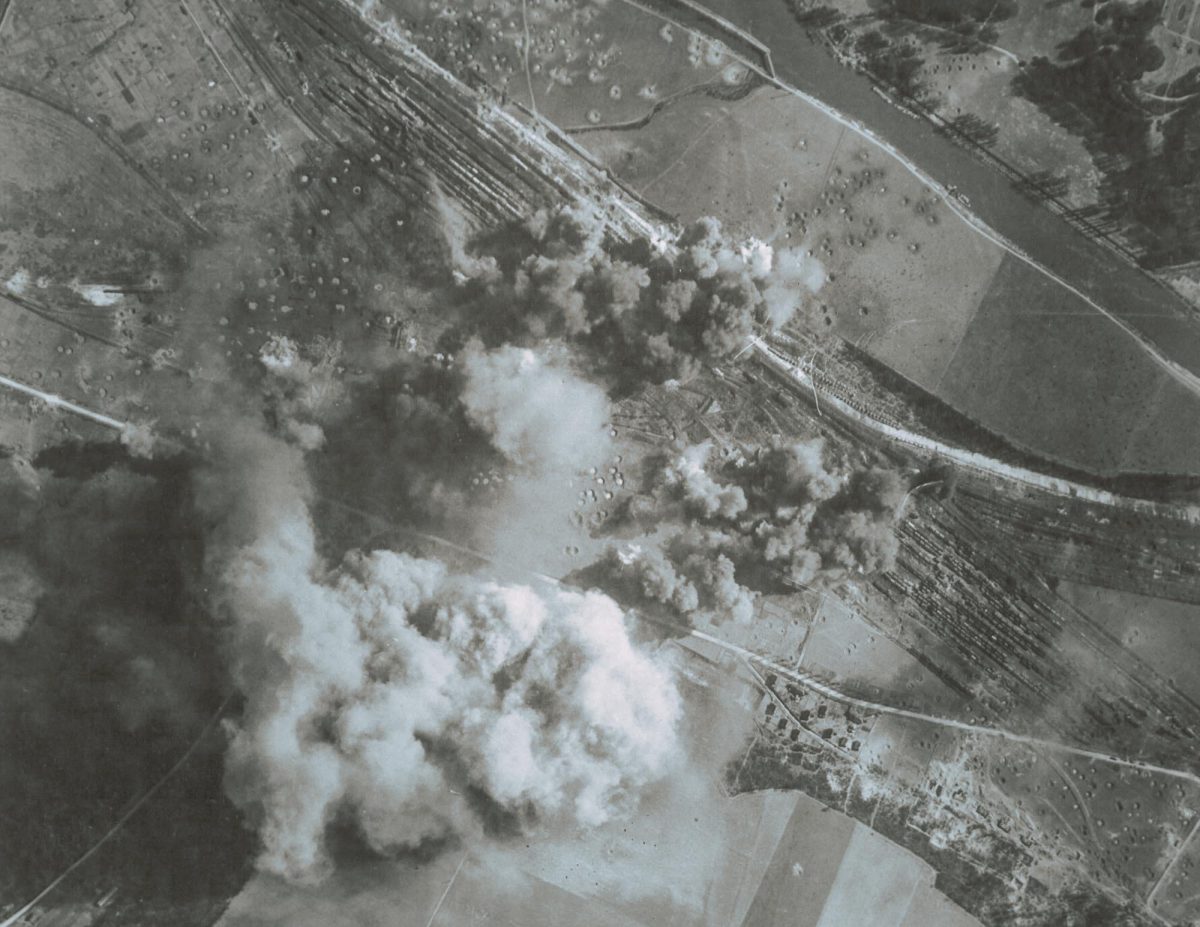
A thousand and one professions
But before sacrificing your time to this activity, you had to work. " My parents were farmers, managing 300 hectares. So as soon as I got the " certification "I joined them. Seven years later, I left to do my military service in Berlin in the 11e armoured regiment. After tractors, driving a tank didn't impress me... There were 400 of us young Frenchmen, and from the very first day the captain wanted to see me: as I was the only one with all the licences, he asked me to be his chauffeur for two years. I used to pick him up in the morning in a brand new Opel Kapitan, and In the afternoons I drove his wife to the shops. I even looked after their dog! "
Demobilised in 1953, the young man decided to forget farming. As a driver for a chemical plant in Catenoy, he began transporting ether, alcohol and other products to 300 customers from Lille to Paris. Then, by chance, he joined the Fitz-James interdepartmental hospital centre to become a psychiatric nurse He stayed for 32 years! " At the time, it housed 4,300 patients in 17 wards, he recalls. In the unit for difficult patients, I created occupational therapy workshops with professional activities, and I set up camping trips in the forest of Hez to get patients out of the institution, which was innovative. "
A passion since 1960
As for his spare time, from 1960 onwards it was devoted exclusively to his research into plane crashes, after he discovered that his father and older brother were members of the Resistance : " They took part in the first parachute drop of weapons in the Oise department at Airion ".
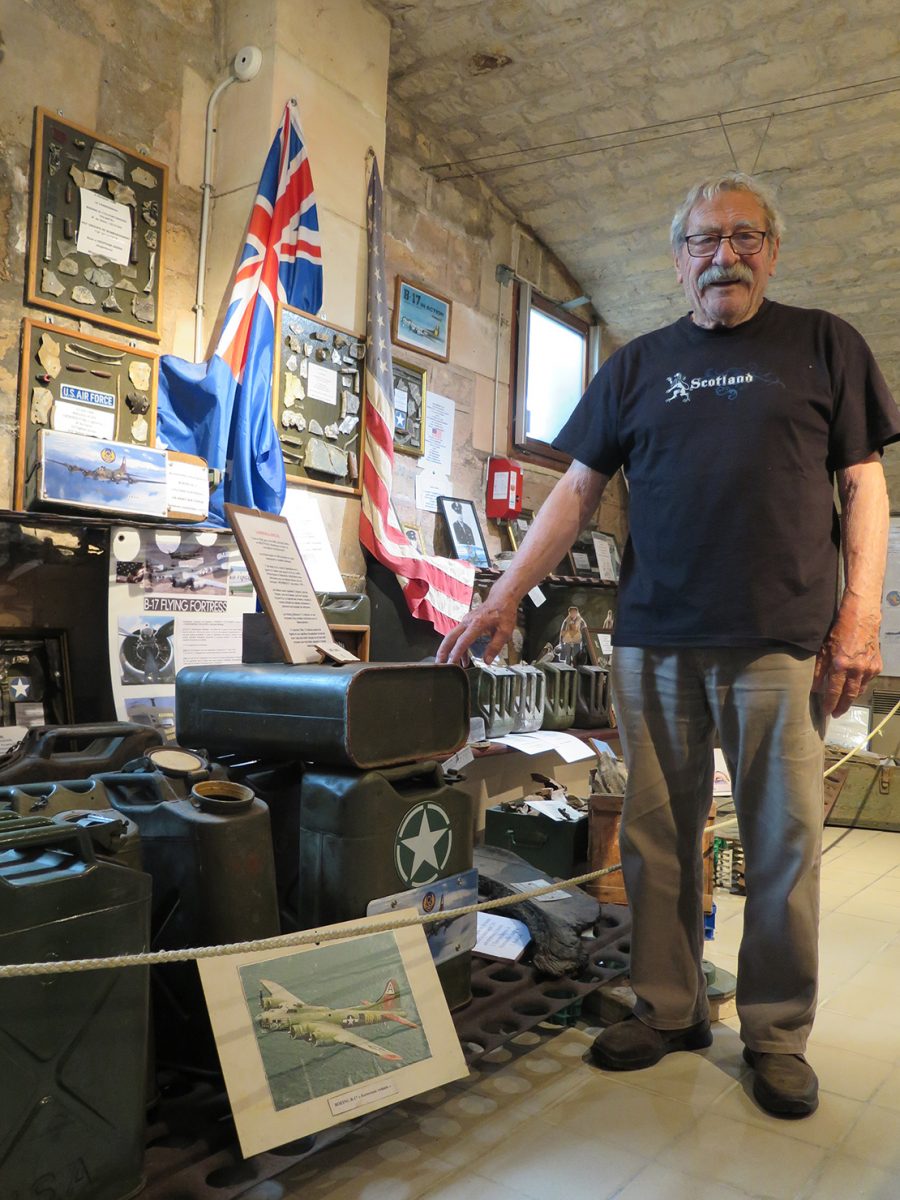
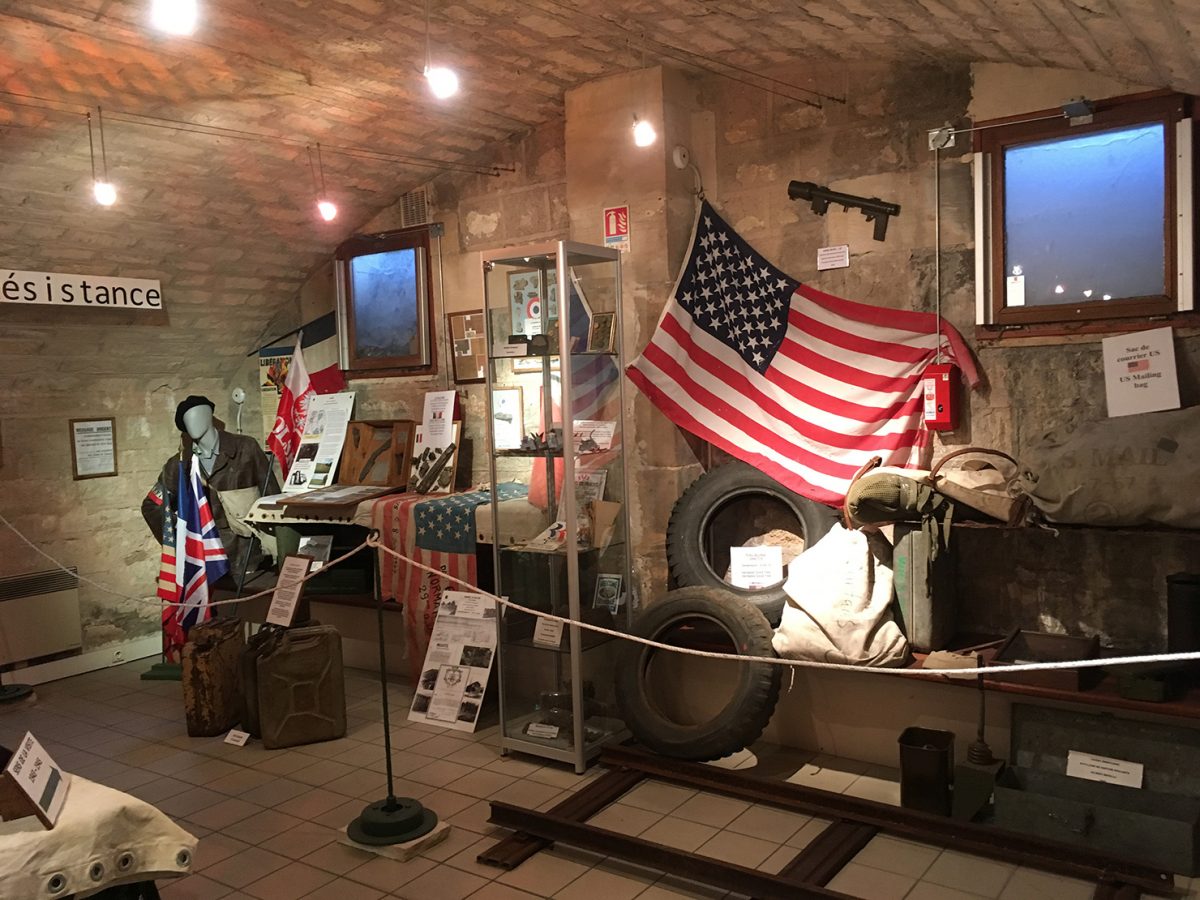
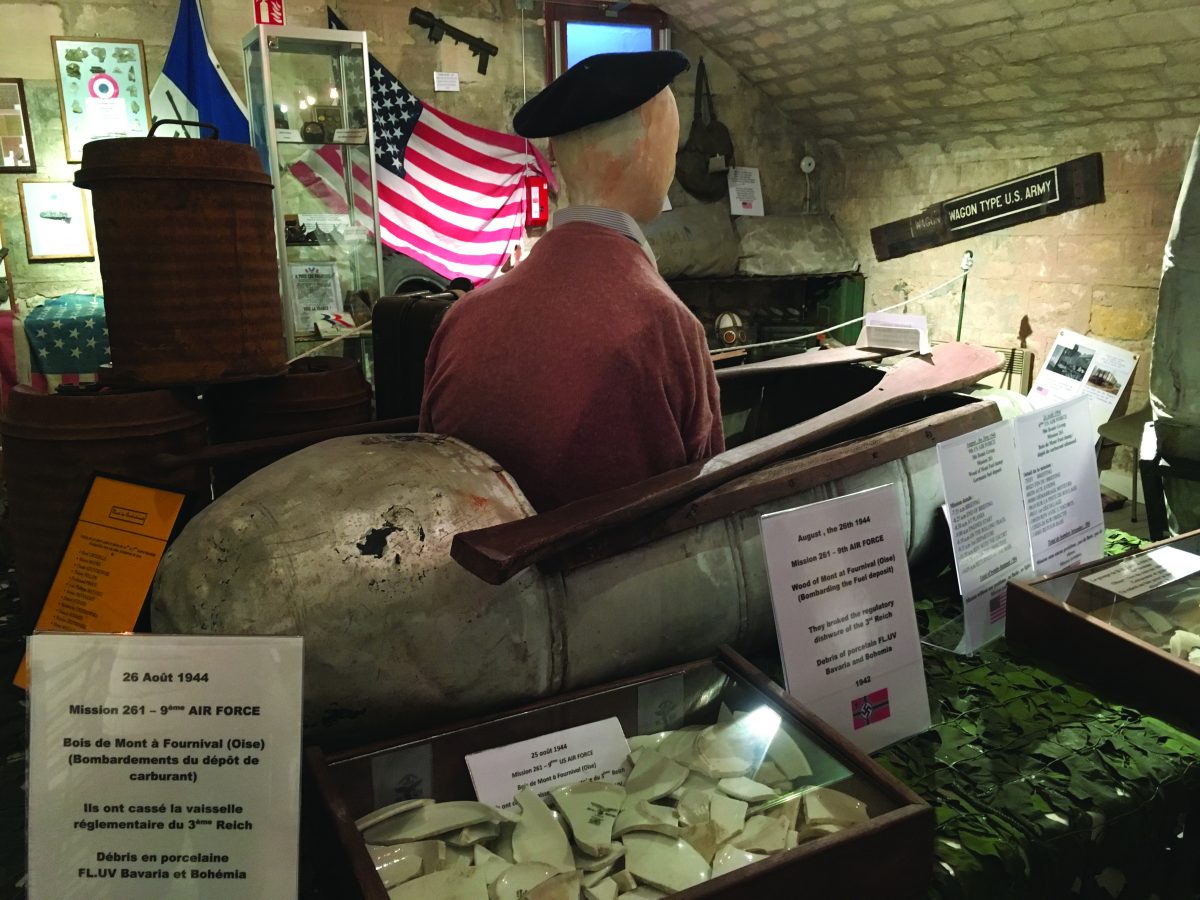
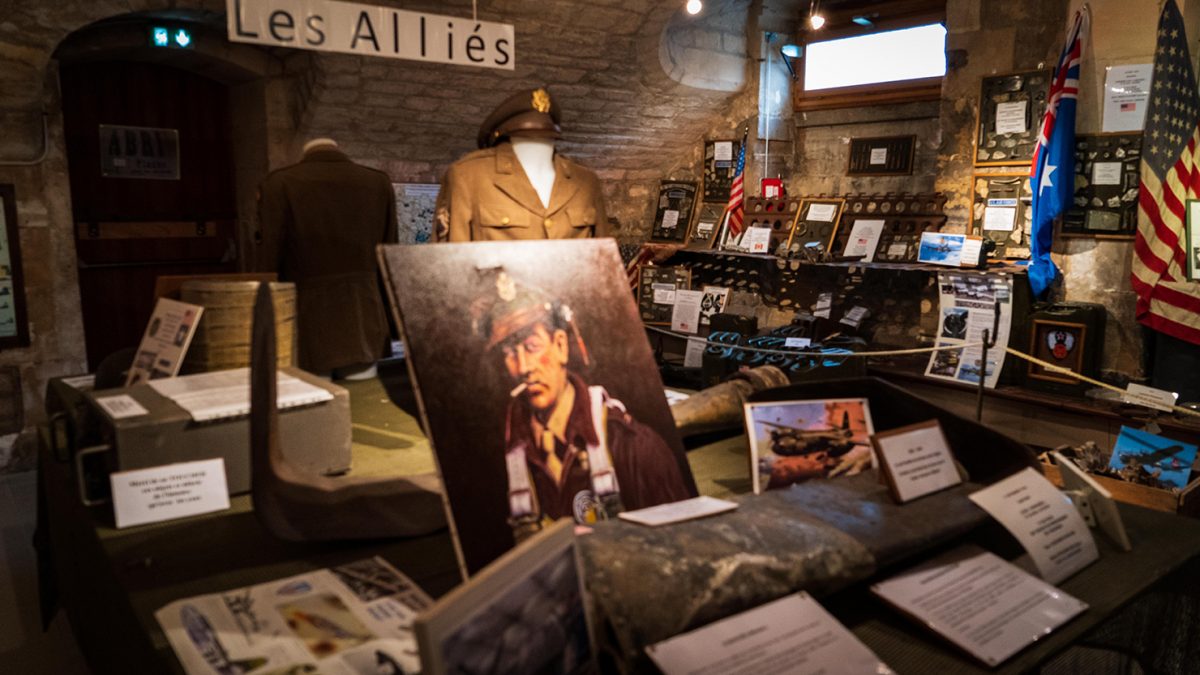
In contact with the airmen's families
A tireless traveller, Gérard Lequien cross-checks information, visits sites, and people start talking about him. " In May 2006, I received a call from England A collector found out about my work from a newspaper article. He had belonged to a group of ex-servicemen who were working on the history of the Airion B17, but they couldn't locate the exact crash site."
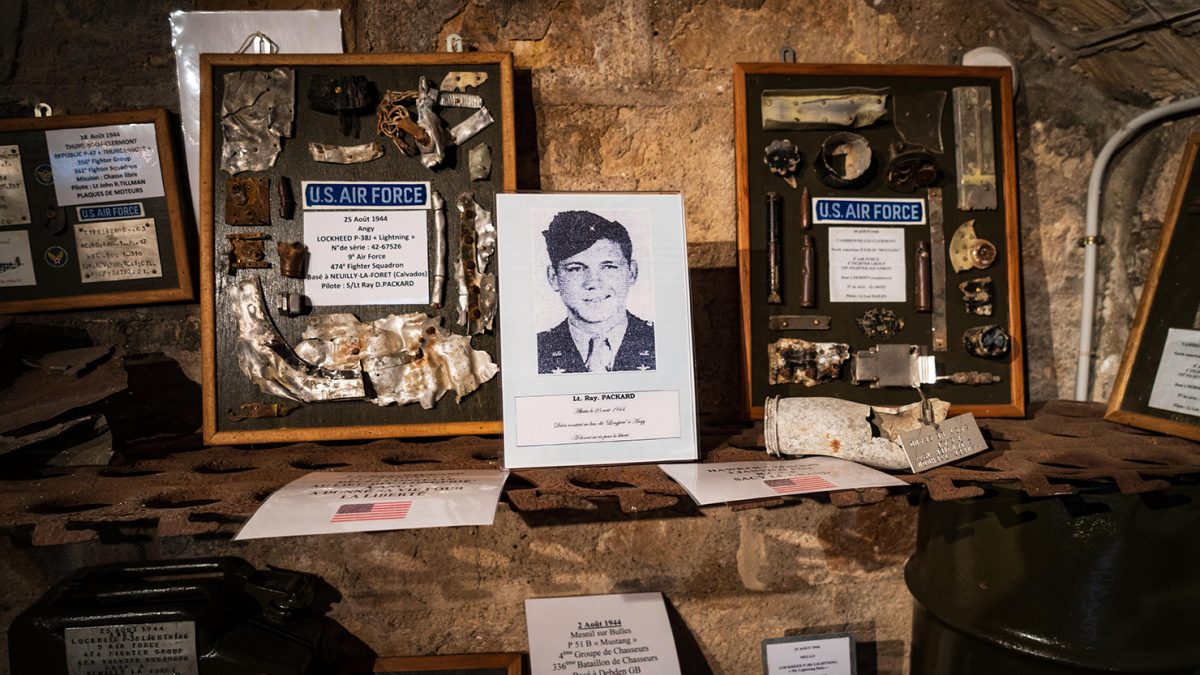
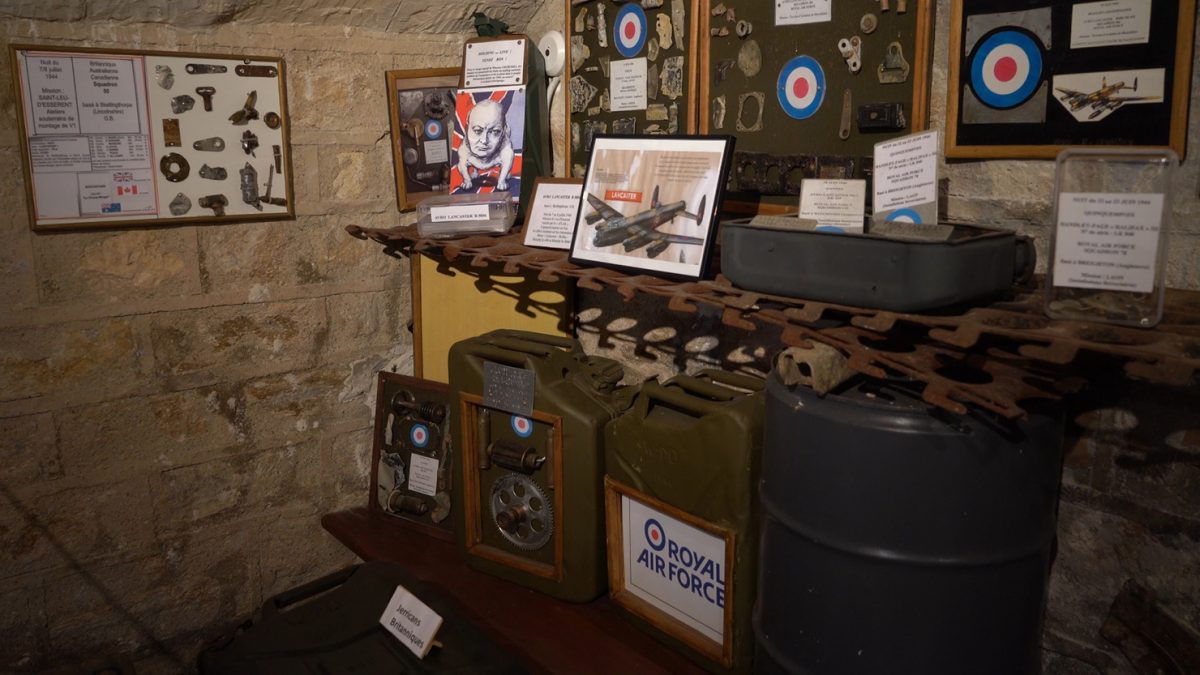
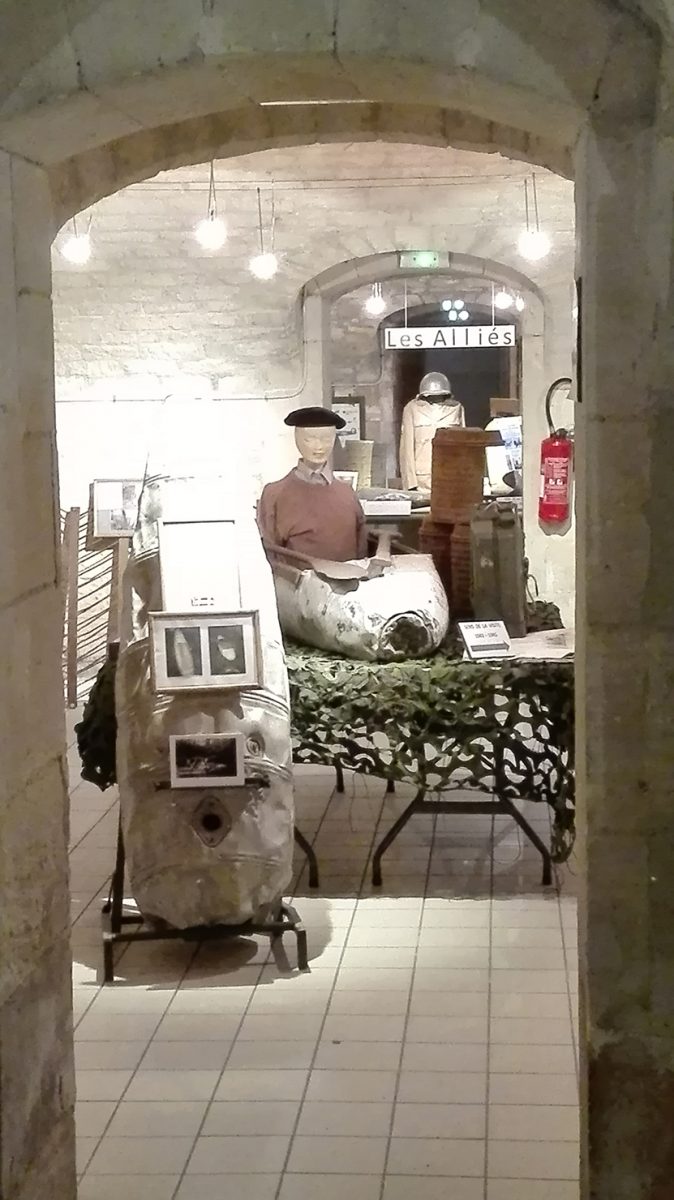
On a mission of remembrance, Gérard Lequien extended his activities from 1970 by contacting families in the USA. without speaking English "he laughs. Over the years, his garage is filled with hundreds of objects relating to the Second World War. Even a Jeep and a Dodge ambulance! " For 11 years I've organised some gatherings of vintage military vehicles in Normandy, he reveals. JI have contributed to books such as the one on the 500 aircraft that fell in the Oise region., I got to know members of the crew and their families that I took to the crash sites. I gave them pieces of the planes when they left. I even went to Poland to meet military personnel. "
Exhibiting your collection
However, the compulsive collector who tirelessly fights against oblivion is worried about the future of his finds and the continuity of his years of investigations. " My two daughters don't have the same passion as me," he explains. So I contacted a dozen towns where planes had crashed, but there was no return. "In 2014, he was warned that the Maison de la Pierre of Saint-Maximin, a town razed to the ground to the tune of 95 % in 1944, has opened a room dedicated to the bombings during the war. On the spot, he explains his wish to preserve everything he has collected. " Two days later, the Town Hall invited me to move into an unused communal space. "he recalls.
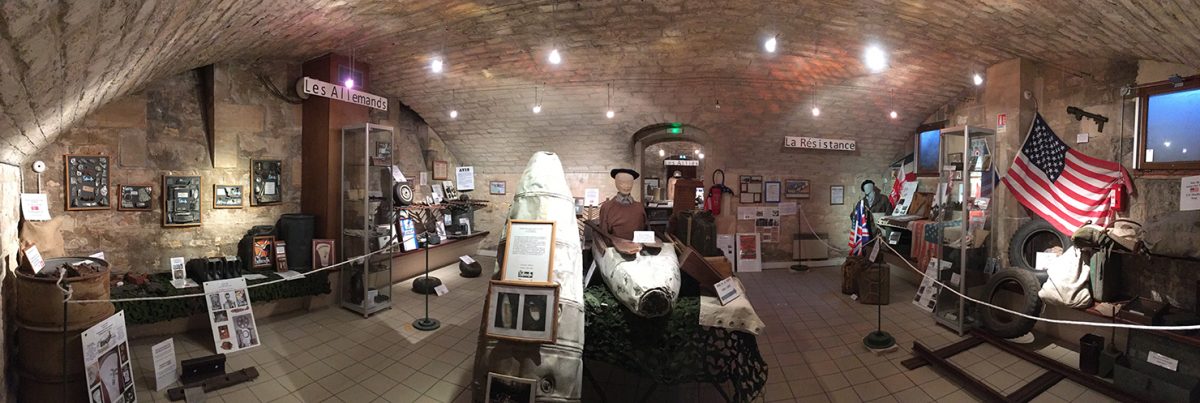
And the museum was born!
" When Gérard came forward, we went to his house to see what he had. We were staggered by the sheer quantity of items: it took three lorries to empty his garage! This was the first time the museum had been set up," recalls Daniel Derniame, a local councillor from Saint-Maximin who went on to become chairman of the Musée des Bombardments association. Everything was then placed in the two rooms in the basement of an 1883 building that had been used as a shelter during the war: the ordinary life of a soldier rubbing shoulders with the everyday life of a civilian. The rooms were opened to the public in December 2016. " I exhibit aircraft fuel tanks that, as kids, we transformed into boats or the star-shaped metal pieces I had forged, which I didn't know were used to puncture the tyres of German vehicles "Gérard Lequien, who used to catalogue aircraft debris in cut-off jerry cans.
Volunteers provide tours of the Museum
To keep the museum running, the association relies on around thirty volunteers. The tour is divided into different areas, the Resistance, the Americans, the British, the Germans, Saint-Maximin and even the Great War of 14-18 thanks to donations from individuals. " We have submitted a request for a lift to enable people with reduced mobility to reach the basement, confides Daniel Derniame. This would be subsidised by the city and European funds. At the same time, we will be modifying the staging with a new presentation and more appropriate lighting. "The aim is to attract a thousand visitors a year.
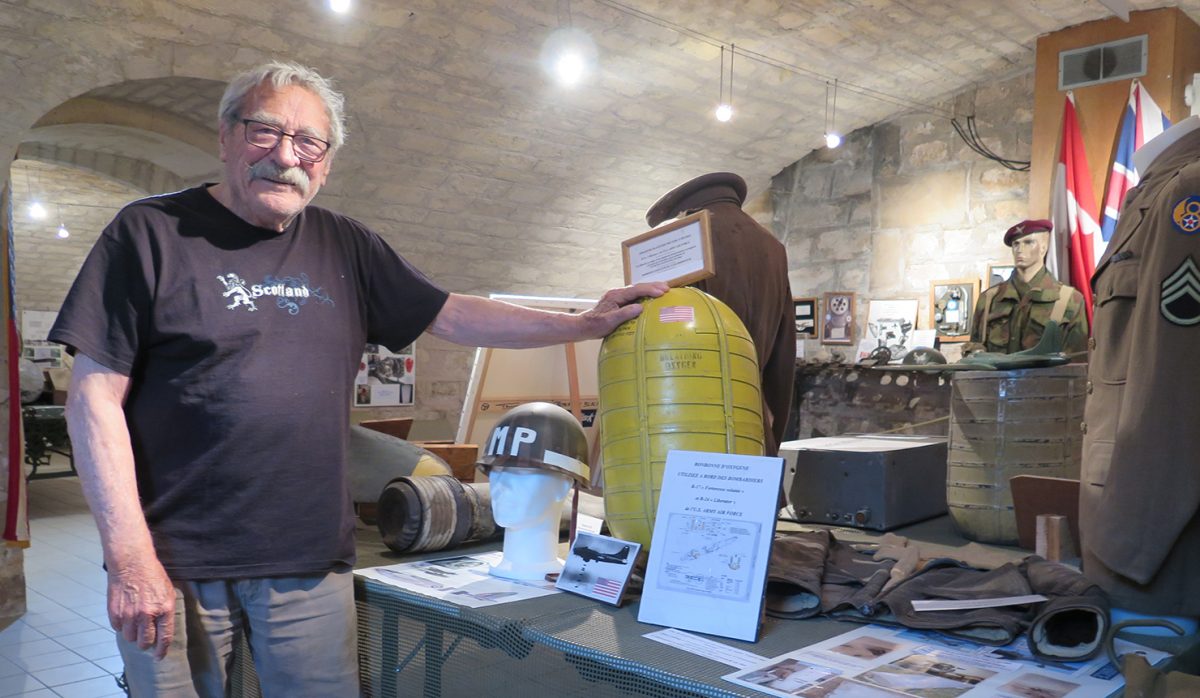
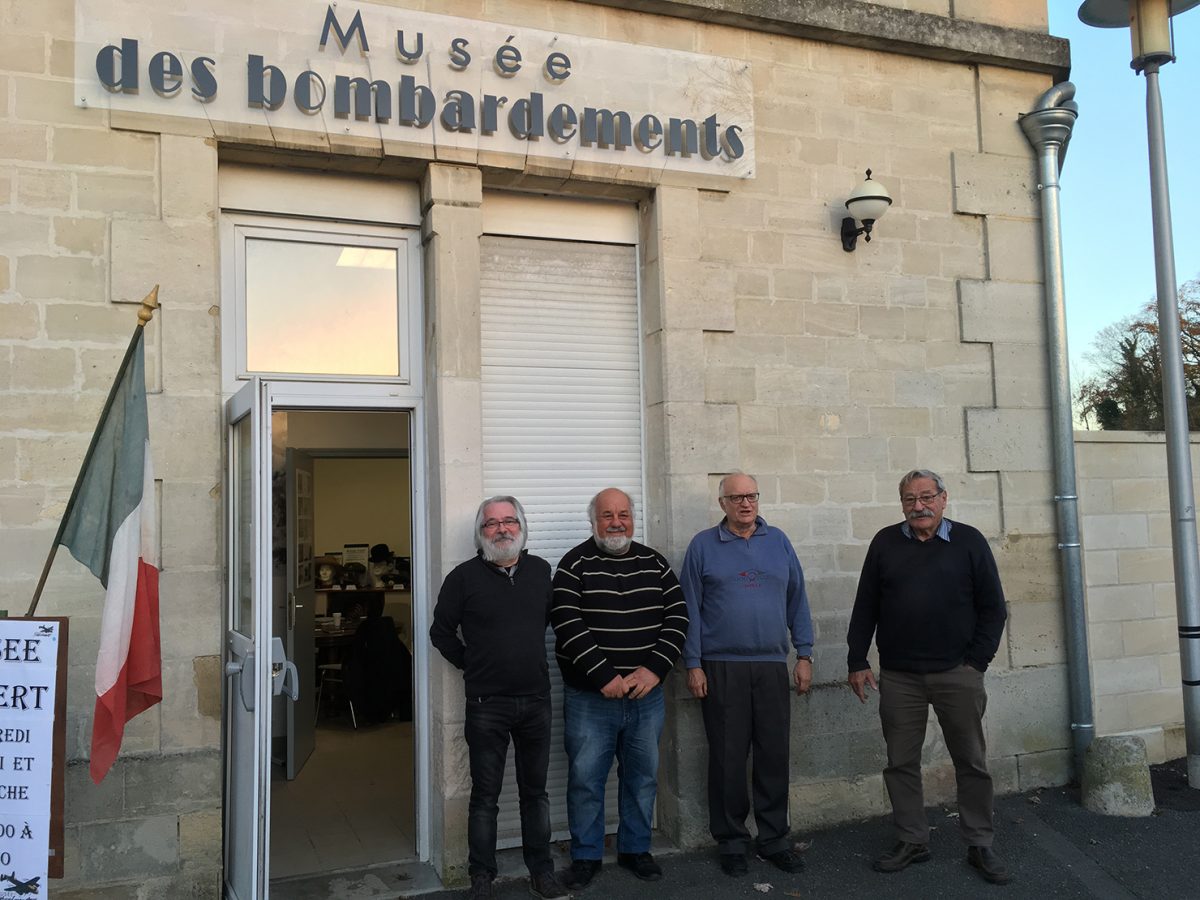
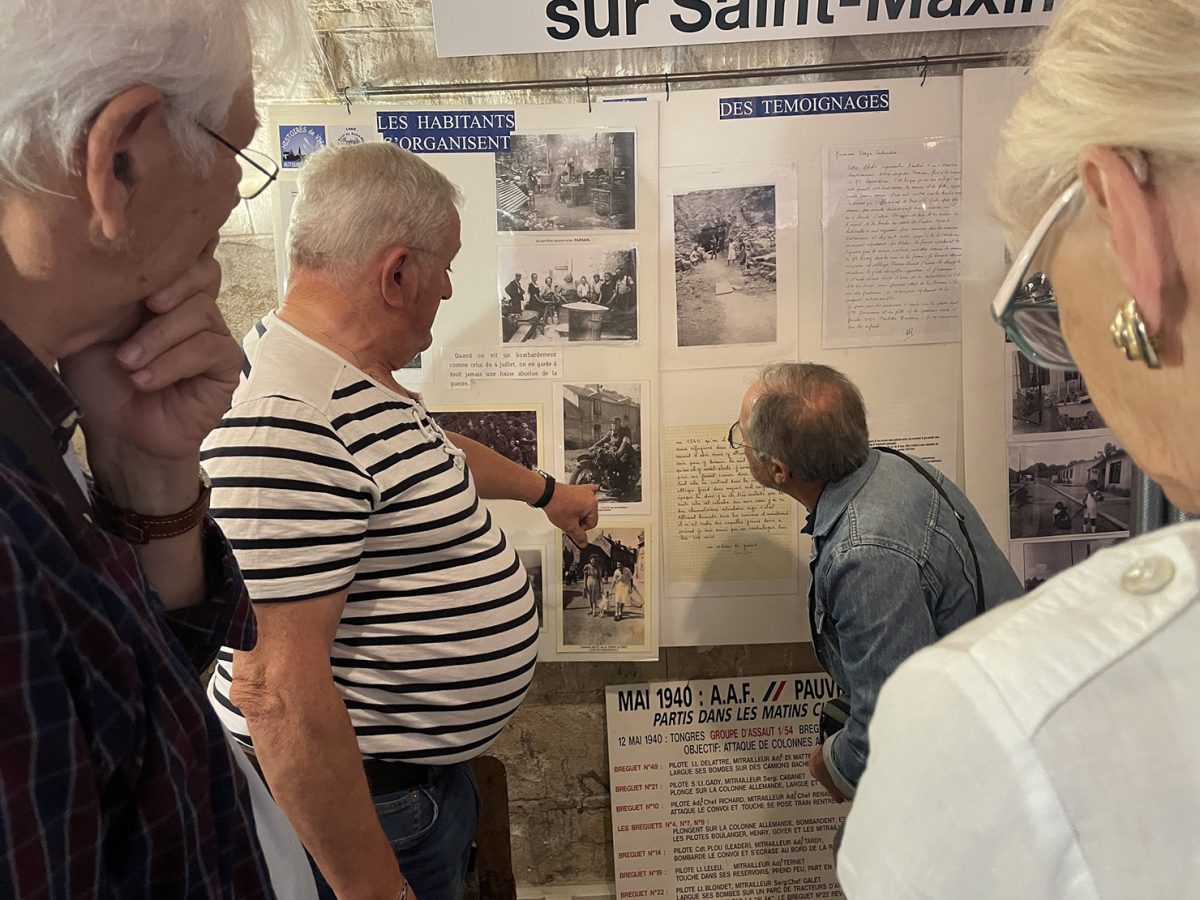
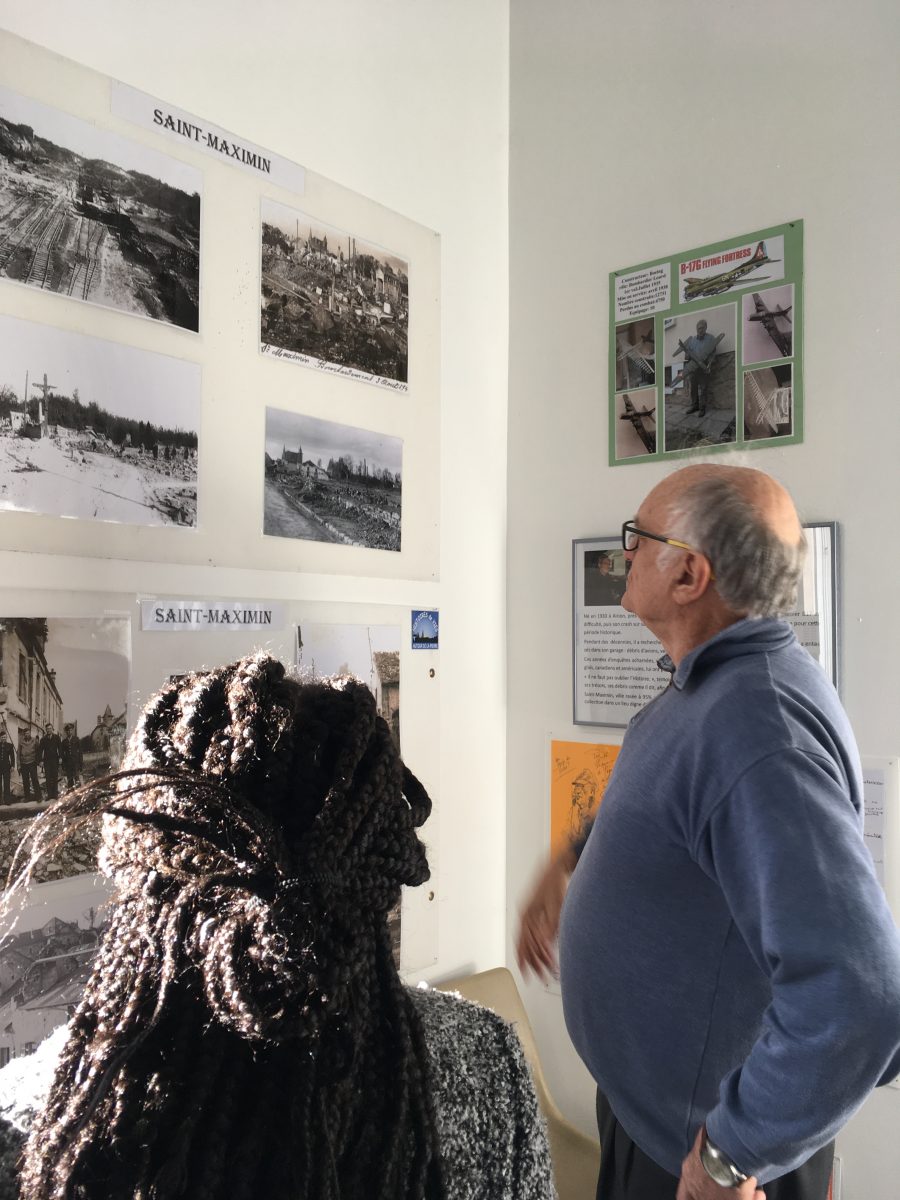
" I'm reassured that everything I've collected in my life will be made available to the public., concludes Gérard Lequien, whose joviality is matched only by his modesty. An American once offered to buy all my parts, but I refused. "Fortunately, this will enrich our collective memory.
Frédéric Noury – FredCom
Access
Opening
| From 02 January to 31 December | |
| Sunday | Open from 5 pm à 5 pm |
| Wednesday | Open from 5 pm à 5 pm |
| Saturday | Open from 5 pm à 5 pm |
| monday | Closed |
| tuesday | Closed |
| wednesday | Closed |
| thursday | Closed |
| friday | Closed |
| saturday | Closed |
| sunday | Closed |
Prices
| Adult price | 4 € |
| Reduced adult rate Agglo Pass and groups | 3,50 € |
| Reduced rate for children Agglo Pass and groups | 2 € |
| Child price | 2,50 € |
Want to find out more?
This beautiful report was written to coincide with the release of the brand new Creil Sud Oise Tourisme's first Destination Magazine.
Inside, numerous other articles will take you to meet local figures and offer ideas for outings!
Order at to receive it in hard copy!
Click here to order
